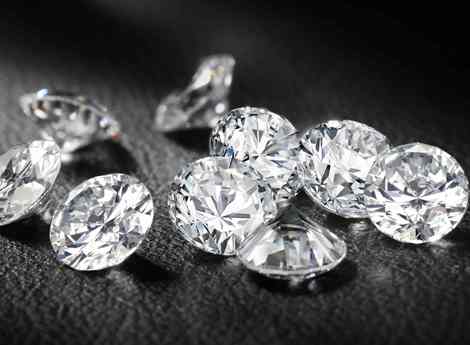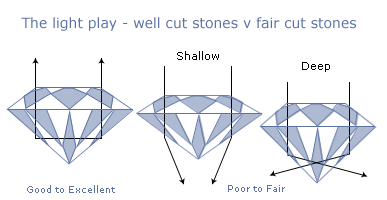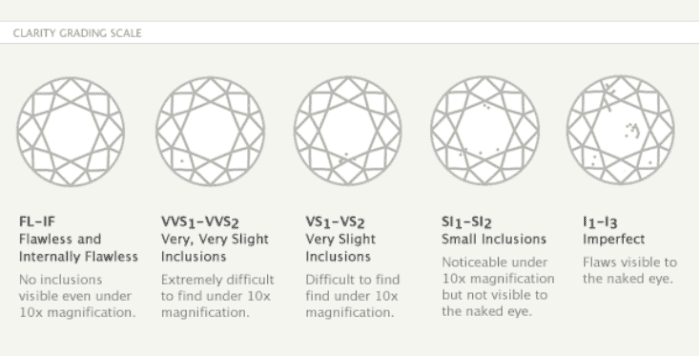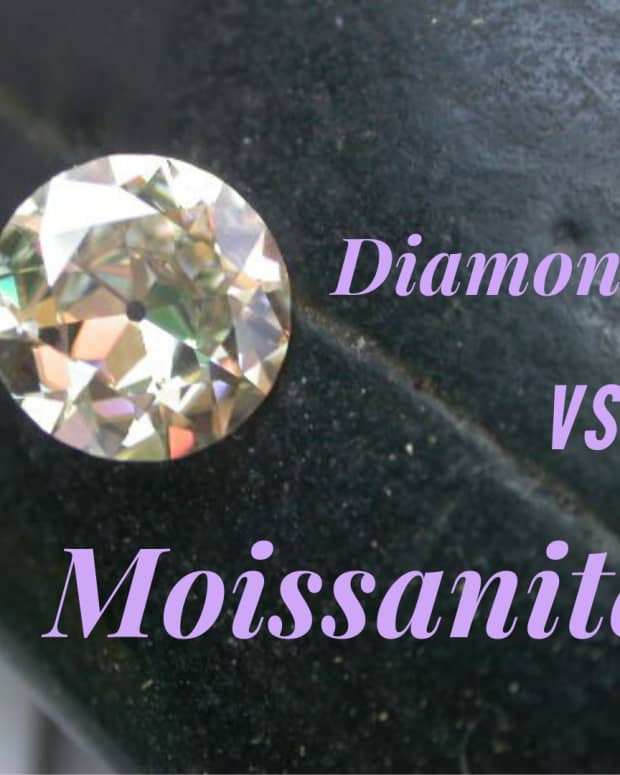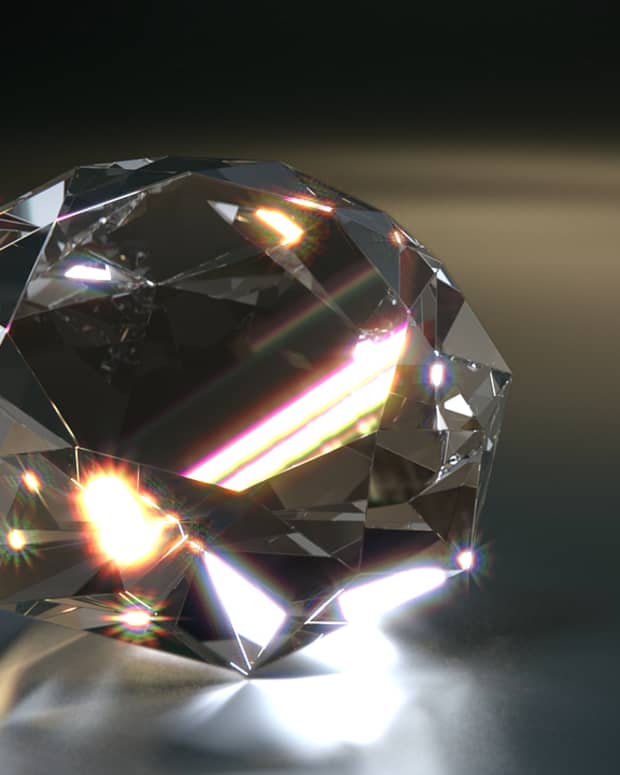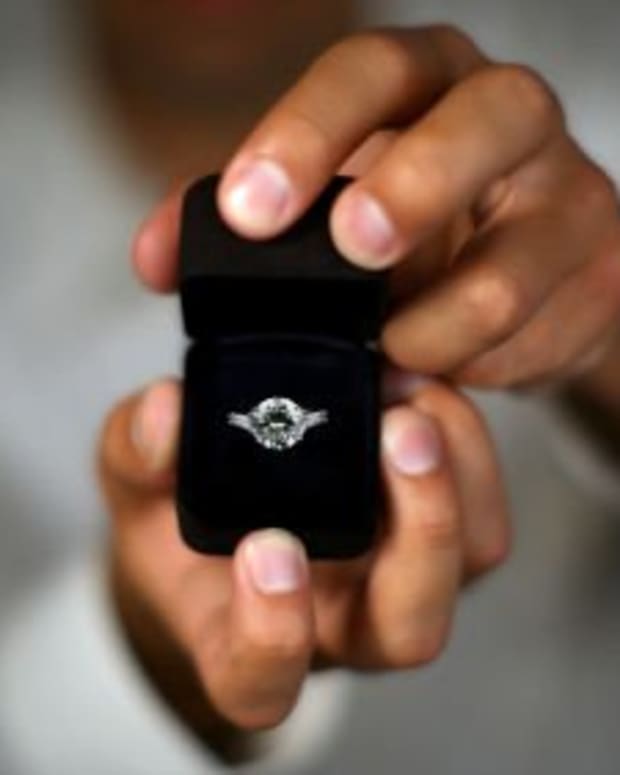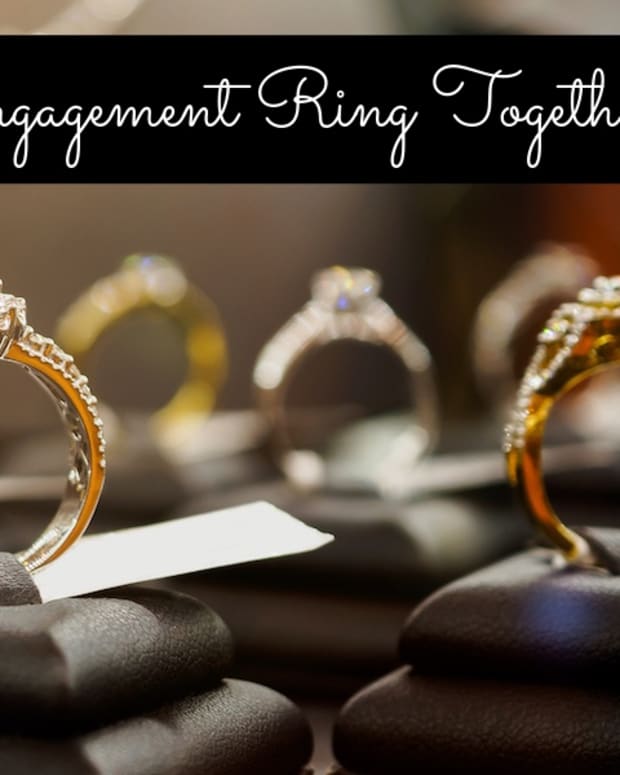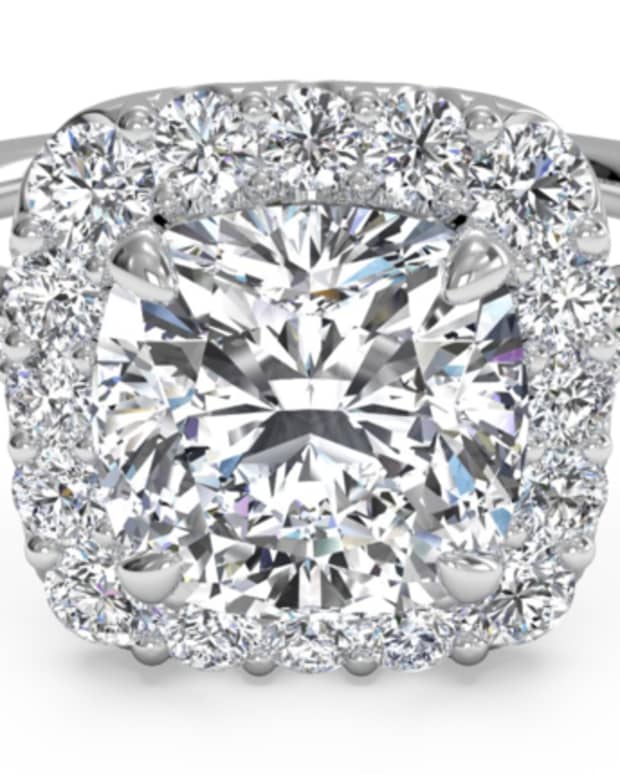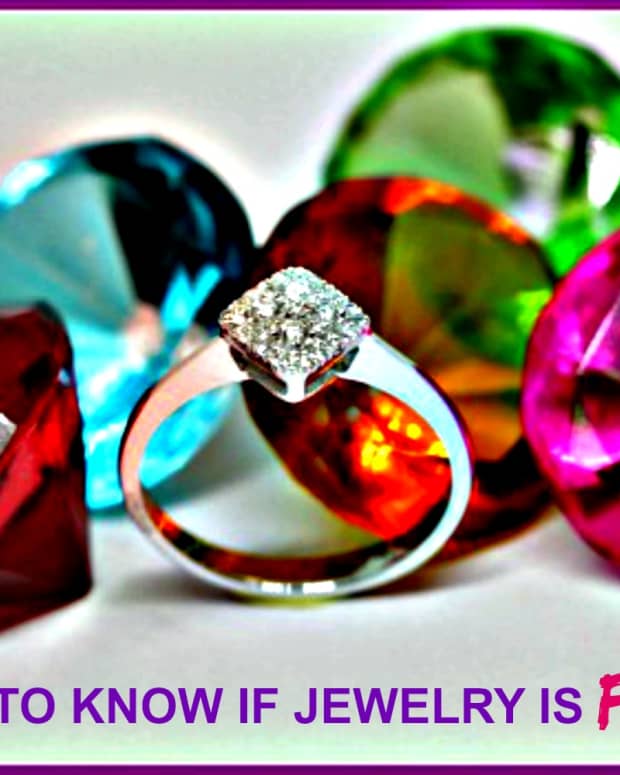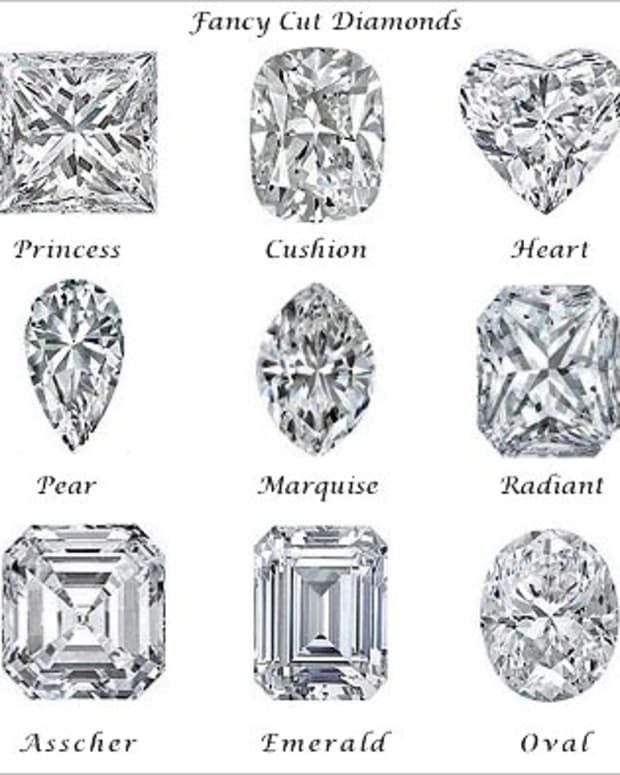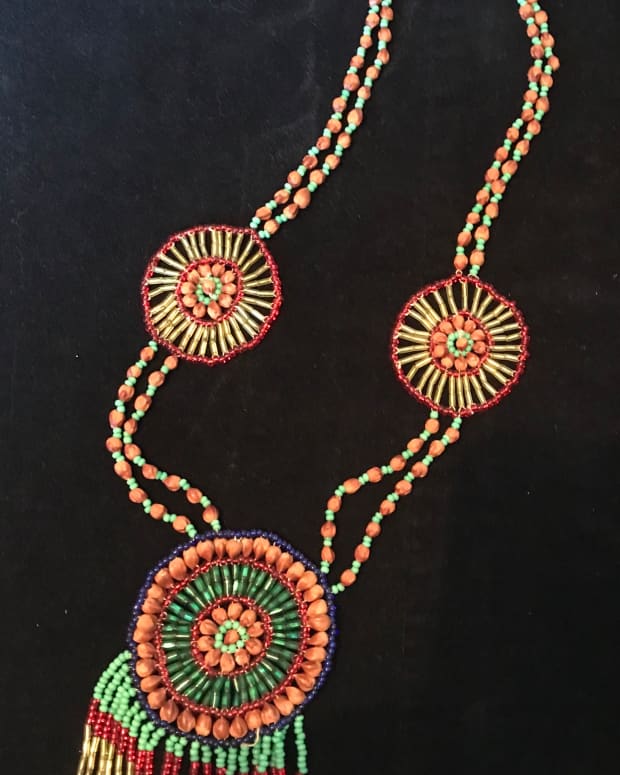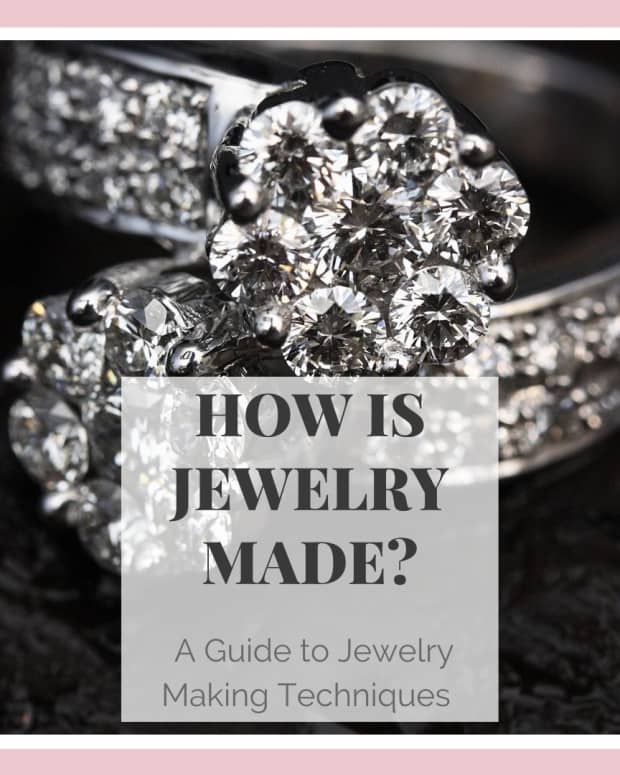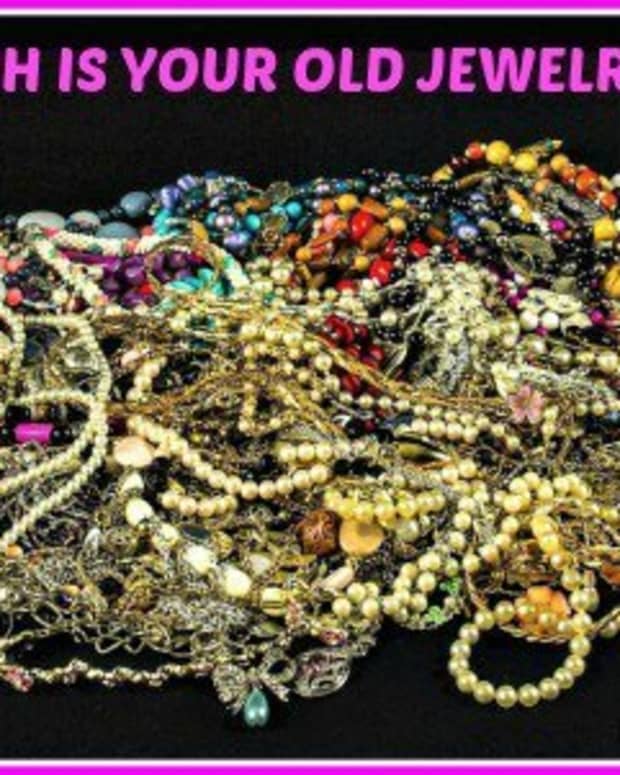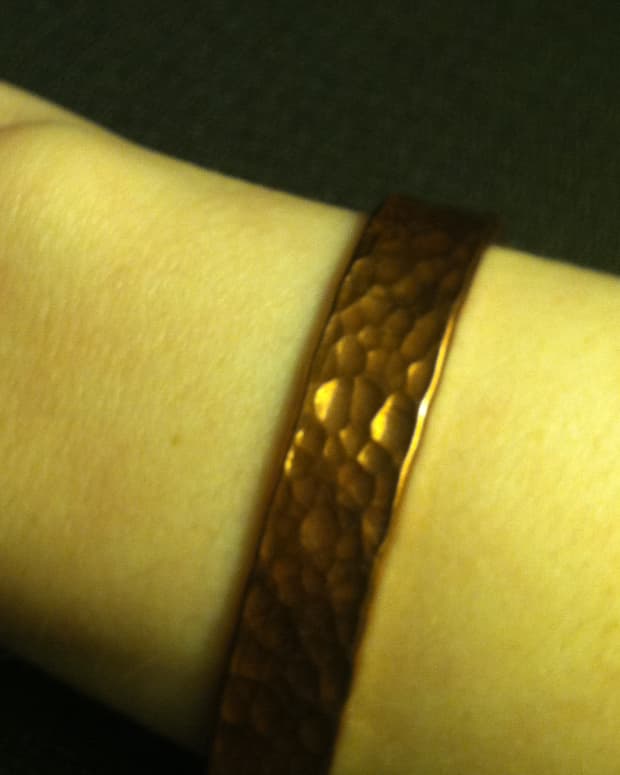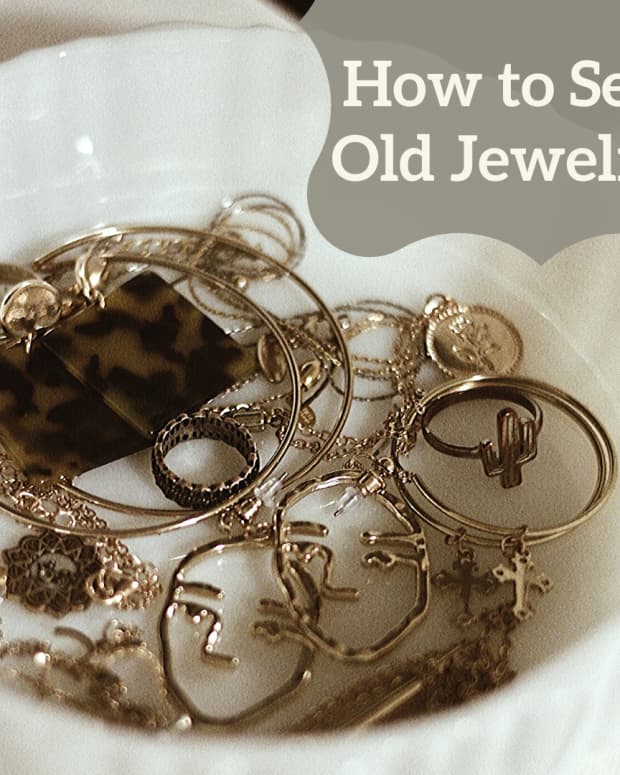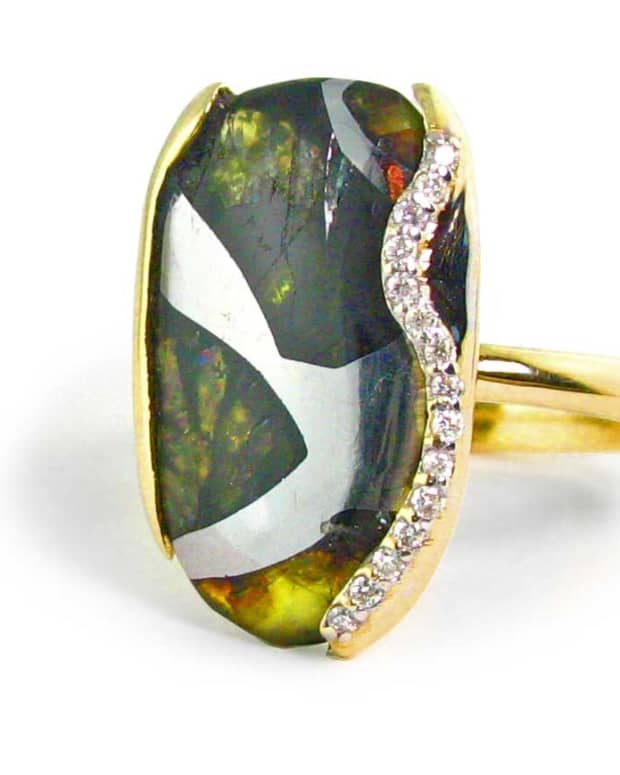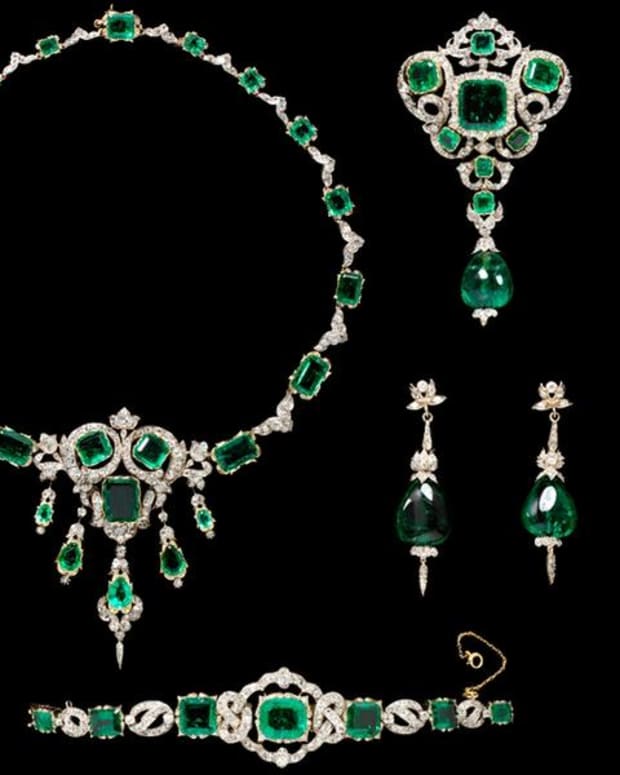How to Choose the Right Diamond for Your Engagement
I am certified with the Diamond Council of America. I have been been working in jewelry design and fashion for many years.
So you've found the right girl, and now it's time to shop for the right engagement ring.
You walk into the mall and there is the first jewelry store that you come to. You are taken to the bridal cases and a sea of engagement rings are in front of you. In the first case you find a 1/2 carat with a $3400 price tag, and in the next case you find a 1 carat with a $2500 price tag. It just doesn't make any sense. Isn't a 1 carat worth more than a 1/2 carat?
With a basic understanding of how diamonds are valued using the 4 C's, you will be able to go into the jewelry stores armed with information and a better knowledge of what to ask for.
1. Carat
Carat weight is discussed in either points or fractions. 100 points equals 1 carat. 1.25 equals 1 1/4 carats and so on. Looking at an engagement ring tag, it should read like this: 2 1/2 ct with the center diamond being 1 ct. 14 k.
So what does that mean? It means that the total carat weight of all of the diamonds together on the ring is equal to 2 1/2 carats. The center diamond carat weight is 1 carat and it is all set in 14 carat gold. If you are looking at just a solitaire (no other diamond on the band, only a center stone), then it would read "1 ct 14 k" (1 carat weight set in a 14 carat gold setting).
2. Cut (What Makes a Diamond Sparkle)
The quality of the cut is the one thing that humans can control out of the 4 C's. A poor cut can ruin a beautiful diamond, while an excellent cut can enhance the beauty of a not-so-perfect diamond. Along with the shape of the diamond, the cut designates how the light plays off of the stone. This is what gives us that sought-after sparkle.
Read More From Bellatory
3. Color
The color of a diamond is rated from D (colorless) to Z (significant yellow or brown). Z is not to be confused with fancy color yellow canary diamonds. Fancy diamonds are more rare than white diamonds and have a different rating all of their own.
A colorless diamond is obviously more rare and valuable than a diamond with yellow or brownish tones in it. The ones that you will find at reputable jewelry stores will vary between colorless and near colorless, with some having a light yellow for an entry price point.
4. Clarity
The clarity of a diamond is about what inclusions are present in the diamond and can be seen by the naked eye. The scale ranges from FL (flawless) to I3 (included). Most of the diamonds that you will come across in jewelry stores will be in the SI category, which means slightly included.
Inclusions are natural internal marks that are caused by the growth of the diamond, or sometimes outside marks caused by shaping and cutting the stone. A jewel setter will often set the diamond so that the inclusions are underneath a prong if possible. There is nothing wrong with this at all; it's just a way to have the best part of the stone showing.
Shape
The shape of the diamond sets the whole tone of the ring. A round cut is the most common and popular, and the other cuts are considered fancy cuts. Like clothing fashion, the different cuts will go in and out of style. Each cut has its own characteristics and benefits.
Along with diamond shape, there are different styles of setting them for you to consider. Do you want just a single center stone, or would you like your ring to be dripping in diamonds? It's best to get a feel for what settings you think would be a good fit before you hit the stores.
That's it in a nutshell. Now you have enough info to start your search for the perfect engagement ring and the diamond that fits what you are looking for. I hope this clears up any confusion that you might have had. And congratulations on your upcoming engagement.

